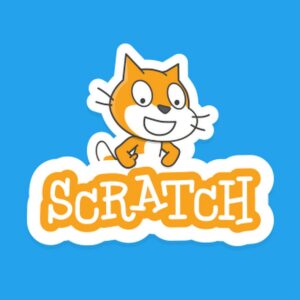Tier I
Tier I STEM programs include self-guided online modules for students with STEM enrichment activities and affective curriculum and training for teachers on procedures to identify students in underrepresented groups who are eligible for the program and provide differentiated instruction for high-potential students.

The STEM enrichment online modules for Tier I are designed for students to do largely independently after the teachers get the established in the courses. Students can work on the modules at school (e.g. during flex periods, as part of club, or after school) or they can work on them at home. There are five modules in Tier I:
Introduction to Scratch: This introductory activity helps students become familiar with the Scratch interface, including building scripts from blocks and using Scratch to tell a story.
Autonomous Cars: In this course, students use Scratch programming language to understand the logic behind coding and figure out how sensors work.
Game Design: Tier I activities introduce students to game design processes through the Scratch programming language. Students become familiar with how a game can simply be designed, what features are needed in a game (e.g., game stories, characters, rules, dialogues, interaction with the player), and which codes result in which functions.
STEAM Labs: This course shows students how apply the engineering design process to build STEAM machines–chain reaction machines that run on Science, Technology, Engineering, Arts, and Math concepts, similar to the machines portrayed in the Rube Goldberg cartoons–using everyday objects.
Internet of Things: The Tier I Internet of Things course introduces students to the video sensing feature of Scratch, which uses a camera as a sensor to detect movement and color. Students interact with their sprites through a camera by moving and using colored objects.
Teacher training in Tier I focuses on four parts:
Relationship-focused teaching methods, which helps teachers take students’ perspectives and connect with their students through positive interactions to improve students’ relationships, motivation, and achievement,
Differentiation methods for student-focused differentiation strategies that vary in their appeal, challenge, choice, meaningfulness, and self-efficacy
Methods for identifying students for participation in Tier II courses using teacher and student rating scales, achievement and academic scores, and portfolio collection.
Scratch training, which will provide an overview of the Scratch interface, instructions on how to create student accounts, and will provide summaries and hands-on training for the Scratch modules used in Tier I.
